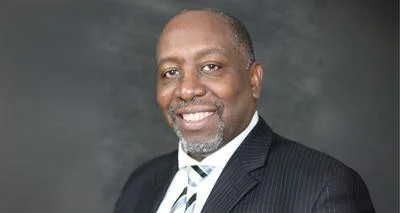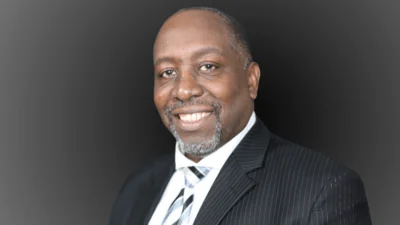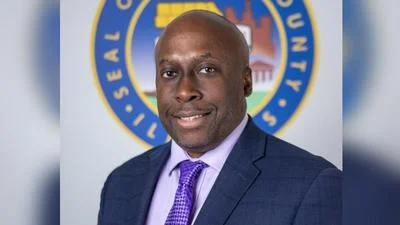Danielle Gomez, a supervising attorney for the Cook County Office of Public Guardian, testifying before Senate Human Services Aug. 14
Danielle Gomez, a supervising attorney for the Cook County Office of Public Guardian, testifying before Senate Human Services Aug. 14
Committee members in the Senate Human Services Hearing heard at length earlier this month about how children in the custody of the Illinois Department Children and Family Services (DCFS) are being kept in hospitals beyond medical necessity.
Danielle Gomez, a supervising attorney for the Cook County Public Guardian's Office (OPG), noted during her testimony that she represents 6,000 clients up to age 21 and explained what "beyond medical necessity" means. She likened psychiatric hospitals to the Intensive Care Unit to help define the problem.
“At some point, you don’t need to be there anymore,” she said

Sen. Chuck Weaver (R-Peoria)
Gomez said she was in a Senate Human Services Subcommittee Hearing in 2016 after the Illinois Auditor General completed a performance audit of DCFS and the same issue came up. It was noted then that 75 youth in DCFS custody were under hospital care beyond medical necessity in 2014.
“In 2015, that number had doubled to 168," Gomez said.
The Illinois Foster Care of America Alumni’s Illinois Chapter collaborated with OPG for the first fiscal half of 2018 and found there were 300 children, ages 6 to 20, in psychiatric hospitals beyond medical necessity, with 20 percent of them younger than 11.
Beyond medical necessity is really a symptom of a much larger problem, according to Gomez. Instead, she said when a child is cleared to leave a hospital, there simply isn't a residential placement available.
“Last month in one of the DCFS shelters, there were 19 children and seven of them needed residential care,” Gomez said. “Those seven children on average waited 150 days for those placements.”
Sen. Chuck Weaver (R-Peoria) asked if the problem comes down to funding.
“We may or may not come up with more dollars; we have to be realistic about that,” Weaver said, adding that leaves the question: “where is the cost savings within that system?”
After Weaver suggested being proactive and completing a new comprehensive review of the system to find cost savings, Gomez said being beyond medical necessity is a significant symptom, because it places such a severe restriction on a child’s civil rights.
She concluded her testimony, telling a story of an adolescent who has been in foster care since she was 4. After the child entered care, she was placed in six different homes, with and without her siblings, and was sexually assaulted in some of them.
In January 2017, the child and some of their siblings moved to California with a relative to be cared for; however, the child needed further help and has been waiting 88 days beyond medical necessity to receive treatment, Gomez said, adding something must be done since the older a foster child gets the harder it is to place them, which exacerbates the problem.
“To think about what this child has experienced at the age of 11 is absolutely overwhelming and extraordinary,” Gomez said.






 Alerts Sign-up
Alerts Sign-up